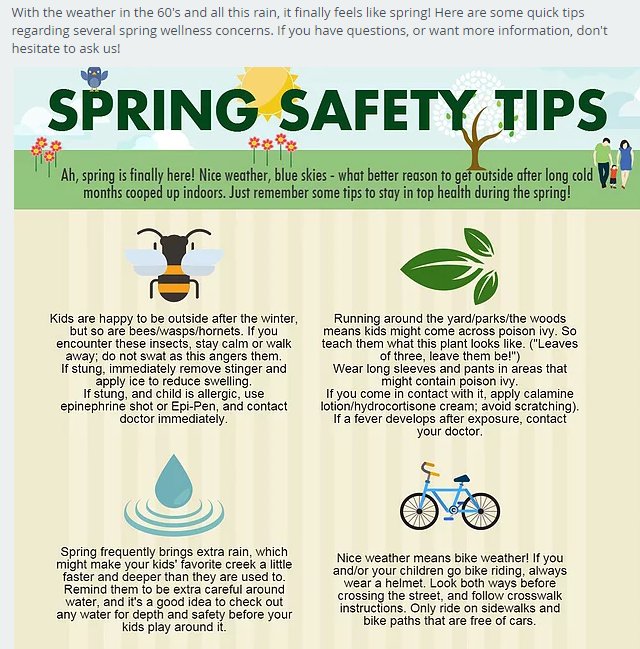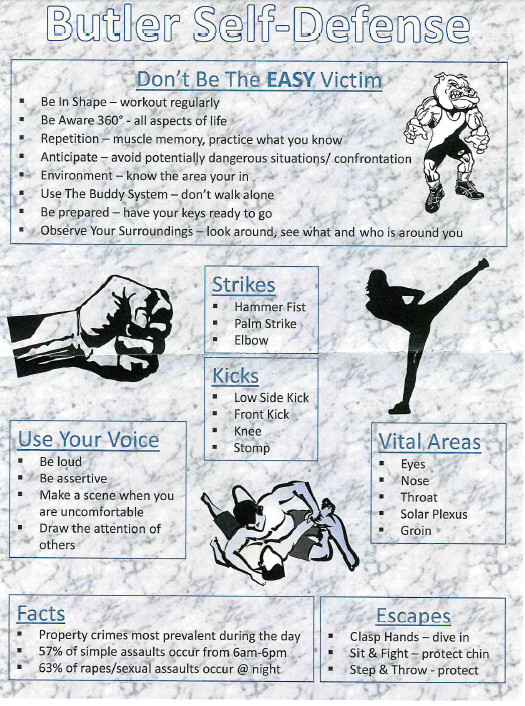The best way to avoid a heat-related illness is to limit exposure outdoors during hot days. Air conditioning is the best way to cool off, according to the CDC. Also:

- Drink more liquid than you think you need and avoid alcohol
- Wear loose, lightweight clothing and a hat
- Replace salt lost from sweating by drinking fruit juice or sports drinks
- Avoid spending time outdoors during the hottest part of the day, from 11 a.m. to 3 p.m.
- Wear sunscreen; sunburn affects the body’s ability to cool itself
- Pace yourself when you run or otherwise exert your body
Heat Exhaustion
When the body loses an excessive amount of salt and water, heat exhaustion can set in. People who work outdoors and athletes are particularly susceptible.
Symptoms are similar to those of the flu and can include severe thirst, fatigue, headache, nausea, vomiting and, sometimes, diarrhea. Other symptoms include profuse sweating, clammy or pale skin, dizziness, rapid pulse and normal or slightly elevated body temperature.
Uncontrolled heat exhaustion can evolve into heatstroke, so make sure to treat the victim quickly.
- Move them to a shaded or air-conditioned area
- Give them water or other cool, nonalcoholic beverages
- Apply wet towels or having them take a cool shower
Heat cramps
Heat cramps are muscle spasms that usually affect the legs or abdominal muscles, often after physical activity. Excessive sweating reduces salt levels in the body, which can result in heat cramps.
Workers or athletes with pain or spasms in the abdomen, arms or legs should not return to work for a few hours. Instead:
- Sit or lie down in the shade.
- Drink cool water or a sports drink.
- Stretch affected muscles.
- Seek medical attention if you have heart problems or if the cramps don’t get better in an hour.
Heatstroke
Heatstroke can occur when the ability to sweat fails and body temperature rises quickly. The brain and vital organs are effectively “cooked” as body temperature rises to a dangerous level in a matter of minutes. Heatstroke is often fatal, and those who do survive may have permanent damage to their organs.
Someone experiencing heatstroke will have extremely hot skin, and an altered mental state, ranging from slight confusion to coma. Seizures also can result. Ridding the body of excess heat is crucial for survival.
- Move the person into a half-sitting position in the shade
- Call for emergency medical help immediately
- If humidity is below 75%, spray the victim with water and fan them vigorously; if humidity is above 75%, apply ice to neck, armpits or groin
- Do not give aspirin or acetaminophen
- Do not give the victim anything to drink
https://www.nsc.org/home-safety/tools-resources/seasonal-safety/summer/heat







